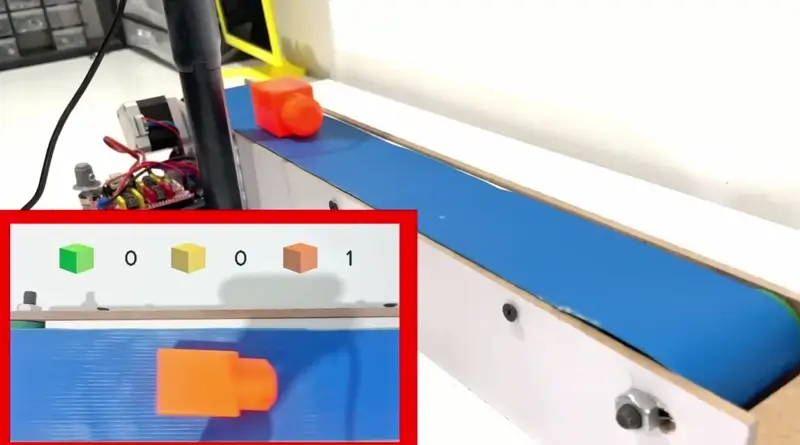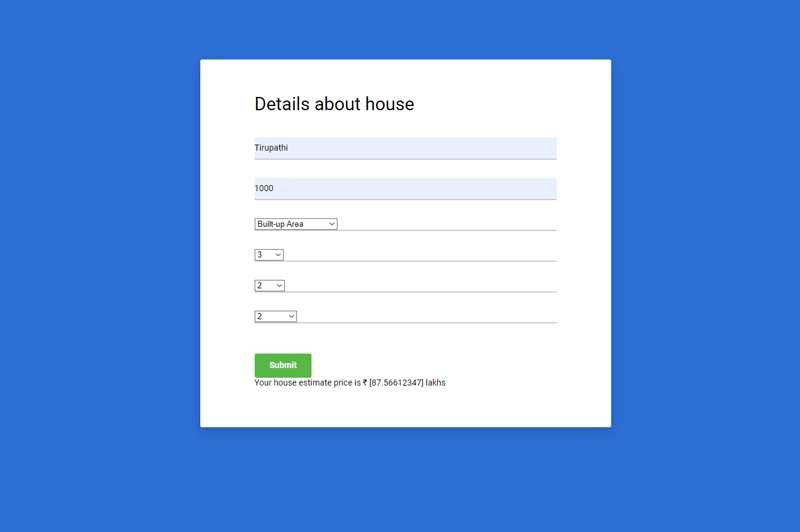Welcome to our groundbreaking project that merges the power of Artificial Intelligence (AI) and Arduino technology to create an innovative solution for individuals with mobility challenges. Our Eye Tracking Operated Handicap Chair is designed to provide a seamless and intuitive way for users to control the movement of a chair using their eye movements.
Key Features:
Eye Tracking Technology:
The heart of our project lies in sophisticated eye tracking technology. Utilizing advanced AI algorithms, the system accurately interprets the user's eye movements to translate them into precise chair controls.
Arduino Integration:
We've seamlessly integrated Arduino, an open-source electronics platform, to control the chair's motors and actuators. This ensures a responsive and reliable system that smoothly executes the user's commands.
Customizable Interface:
Our project prioritizes user convenience. The chair's interface is customizable to adapt to individual preferences, allowing users to define specific eye movements for various chair functions, such as forward, backward, left, right, and stop.
Safety Features:
Safety is paramount in our design. The system includes built-in safety features such as obstacle detection and collision avoidance. This ensures a secure and risk-free user experience.
Wireless Connectivity:
The chair operates wirelessly, offering users the freedom to move without constraints. The wireless connection also facilitates easy integration with other smart home technologies.
User-Friendly Calibration:
Setting up the system is a breeze. The user-friendly calibration process ensures accurate tracking and a personalized experience for each user.
Working of the Eye Tracking Operated Handicap Chair:
Eye Tracking System Initialization:
The system begins by initializing the eye tracking technology. Users are prompted to calibrate the system, allowing the AI algorithms to understand and adapt to their unique eye movements. This calibration process ensures accurate tracking during operation.
Data Acquisition and Processing:
Once calibrated, the eye tracking system continuously captures data regarding the user's eye movements. Specialized cameras and sensors track the position and gaze direction of the eyes in real-time.
AI Algorithm Interpretation:
The acquired eye movement data is processed by advanced AI algorithms. These algorithms analyze the patterns and interpret the user's intent based on predefined commands associated with specific eye movements. The system distinguishes between intentional commands and natural eye movements, ensuring precision in control.
Arduino Motor Control:
The interpreted commands are then sent to the Arduino microcontroller, which acts as the brain of the system. The Arduino processes the information and translates it into control signals for the chair's motors and actuators.
Chair Movement Execution:
The motors and actuators respond to the control signals, resulting in the desired movement of the handicap chair. The system supports a range of movements, including forward, backward, left, and right, providing users with complete control over the chair's navigation.
Obstacle Detection and Collision Avoidance:
To enhance user safety, the system incorporates obstacle detection sensors. In the event of an obstacle in the chair's path, the sensors trigger an immediate response, prompting the chair to stop or change direction to avoid a collision.
Wireless Communication:
The entire system operates wirelessly, allowing for greater flexibility and freedom of movement. Wireless communication also enables the chair to connect with other smart devices or interfaces for a more integrated user experience.
Customizable Interface:
Users have the option to customize the interface based on their preferences. They can define specific eye movements for different chair functions, tailoring the system to suit their individual needs.
User Interaction and Feedback:
The system provides feedback to users, confirming the execution of commands and ensuring a responsive and intuitive interaction. This feedback mechanism enhances the overall user experience and confidence in controlling the chair.
Shutdown and Power Management:
The system includes a power management feature that allows users to turn off the chair when not in use, conserving energy. Additionally, emergency shutdown protocols are in place to ensure the user's safety in unforeseen circumstances.
Applications:
Assistive Technology: Our project aims to enhance the independence of individuals with mobility impairments, providing them with a user-friendly and efficient means of controlling their movement.
Rehabilitation: The chair can be employed in rehabilitation settings, offering a novel way for therapists to engage patients in mobility exercises.
Smart Living: The integration of wireless technology allows the chair to be part of a broader smart living ecosystem, providing users with a seamless and connected experience.









